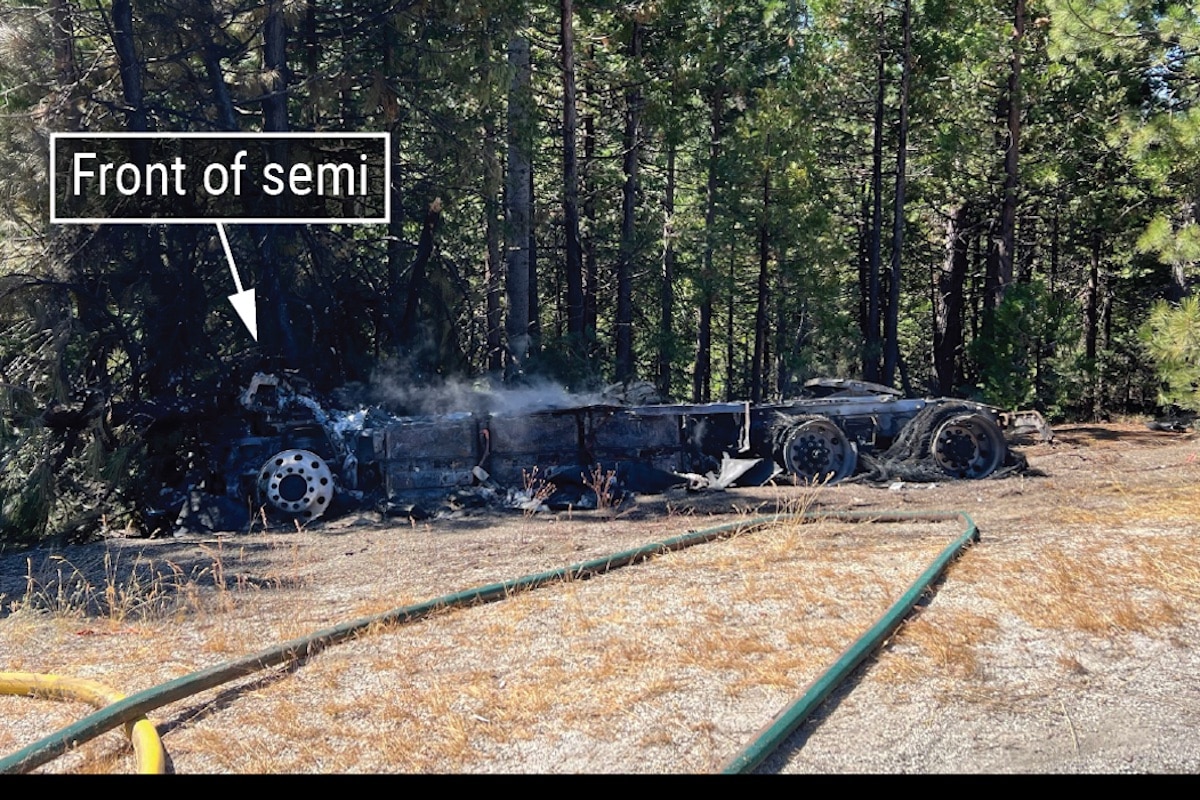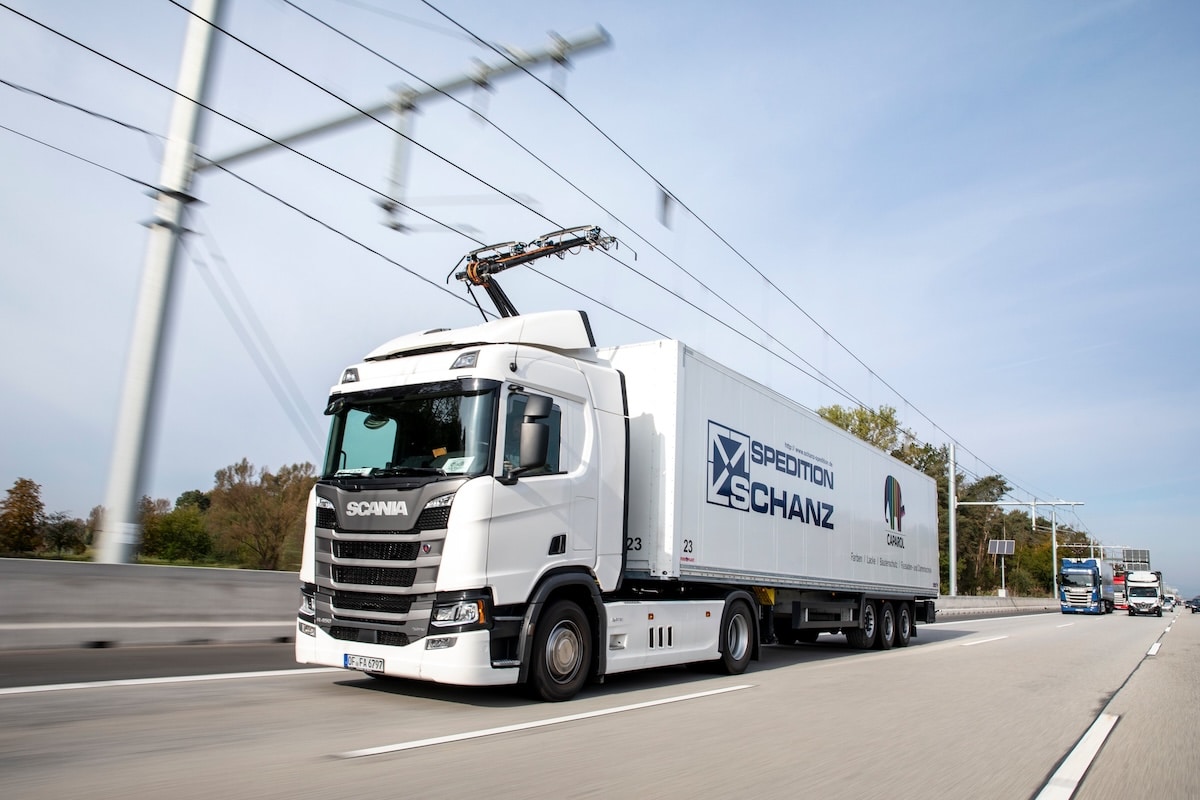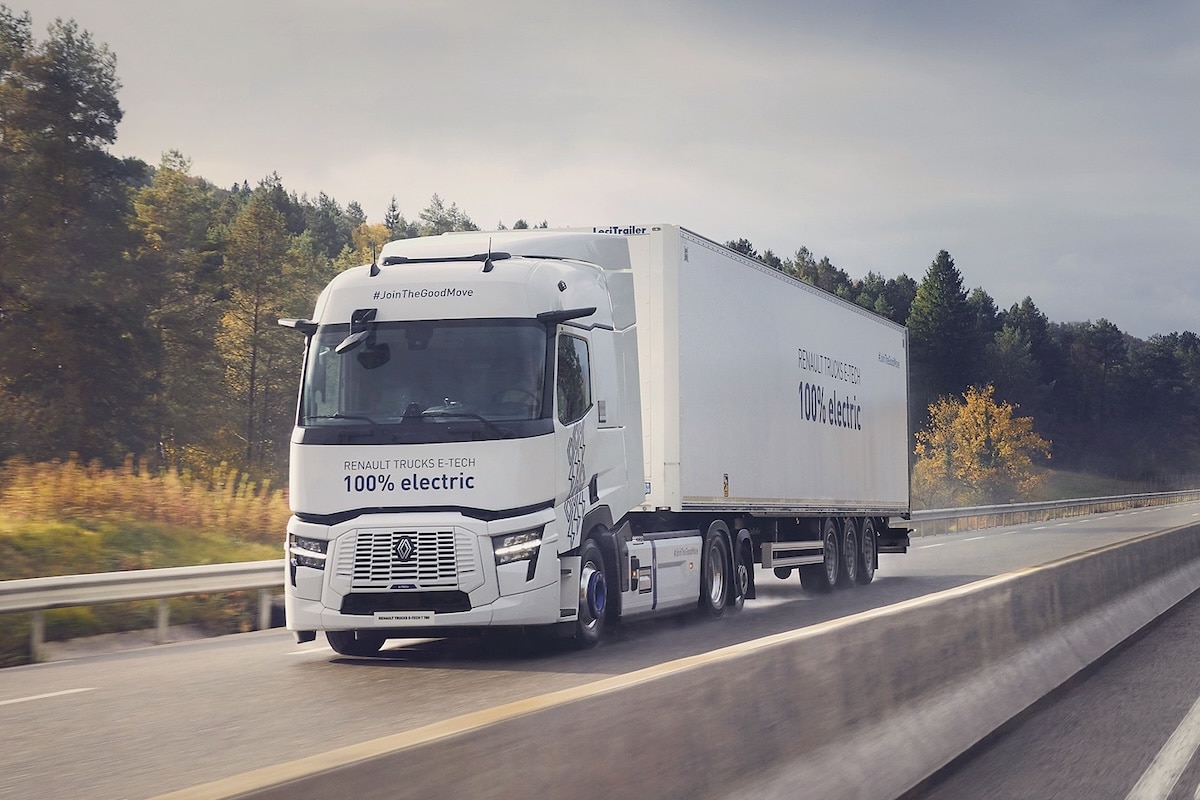How to extinguish a burning Tesla Semi?

If you have been trained in fire safety, you know that not all fires are extinguished in the same way.
Thus, a gasoline-powered car fire cannot be controlled with the same tools as a massive electric tractor-trailer relying on a 600 kg Lithium Iron Phosphate (LFP) battery! We previously mentioned this very first Tesla Semi that caught fire last August following a crash in the United States. The NTSB (National Transportation Safety Board), the U.S. transportation regulator, has released its preliminary report on the accident, which invites reflection.
First of all, luckily, the vehicle’s driver, an employee of Tesla, was not injured in the accident. The report indicates that 200,000 liters of water were used to extinguish the fire and that a plane dropped a fire retardant at the scene of the incident.
Regarding the volume of water, it is difficult to draw a parallel with the fire of a “classic” truck with an internal combustion engine. We only know that burning diesel and water do not mix well, so chemical powders or foams are more often used. These products deprive the fire of any oxygen supply, thus blocking the reaction between the fuel (gasoline or diesel) and the oxidizer (oxygen).
Understanding to Act Better
Lithium battery fires have been known for a long time as this type of battery powers the majority of mobile phones. In the event of a fire, it is unfortunately not enough to block the oxygen supply because they already contain it in the form of a catalyst. To put it extremely simply, once it has received enough energy to ignite, which is the case in the event of a violent impact or perforation, the battery will create its own fire without needing anyone else.
The 200,000 liters of water were therefore used both to cool the site of the incident to end the reaction and to prevent the fire from spreading. When looking at the photos provided by the NTSB, it is surprising to see that the trees around the burned wreckage were hardly affected! It can be considered that the enormous amount of water primarily served to contain the fire. The retardant dropped from the aircraft had exactly the same effect.

The problem is that firefighters were not equipped with the right products to combat this chemical fire, namely specific fluids that have a higher thermal exchange coefficient than water and cool burning batteries more quickly to stop the reaction. They then had to use an abnormally excessive amount of water. This incident highlights the importance of training rescue services in the best ways to handle an electric vehicle fire. Thus, they will not be more dangerous than their gasoline-powered counterparts.
This page is translated from the original post "Comment éteindre un Tesla Semi en feu ?" in French.
We also suggestthese articles:
Also read






